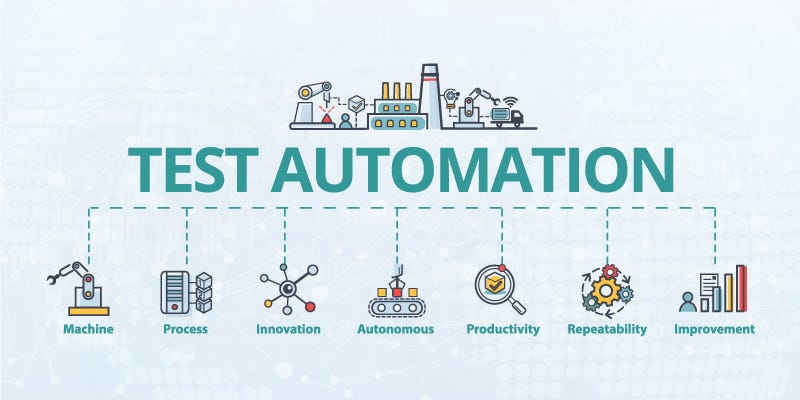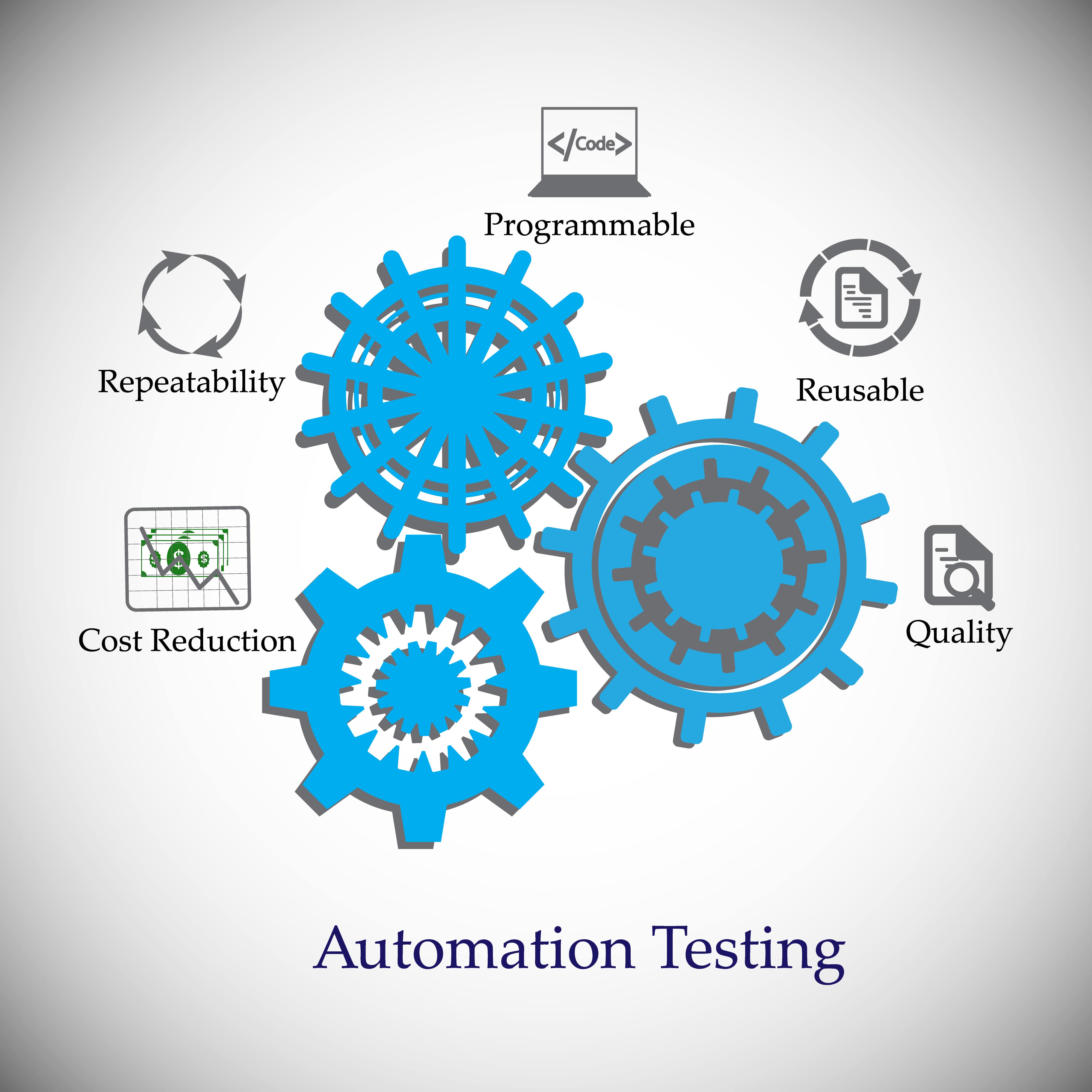Selecting the Right Tools for Effective Automation Testing Solutions
Guaranteeing Success in Automation Examining: Secret Metrics, Challenges, and Solutions Every QA Team Must Know
In the world of software quality guarantee, the landscape of automation testing is ever-evolving, requiring a meticulous method to guarantee seamless procedures. The journey to grasping automation testing is led with nuances that require a keen eye for monitoring, evaluation, and continuous renovation. As the sector moves onward, the pursuit for ideal performance in automation screening remains a consistent quest, advising QA teams to outfit themselves with the knowledge and techniques important for triumph.
Importance of Secret Metrics
Recognizing the importance of key metrics is vital for reviewing the efficiency and efficiency of automation testing procedures. Trick metrics function as measurable measures that provide valuable insights into different elements of the screening procedure, such as examination coverage, examination execution time, issue density, and examination instance effectiveness. By examining these metrics, QA groups can identify bottlenecks, ineffectiveness, and locations for improvement within their automation screening framework.
One critical aspect of essential metrics is their ability to track progress and check the overall health of the screening process (automation testing). They make it possible for stakeholders to make educated choices based upon data-driven insights, which can result in more reliable screening methods and much better resource allotment. Furthermore, crucial metrics can assist groups set practical objectives, gauge the success of automation campaigns, and show the ROI of automation testing efforts

Typical Challenges Faced
Challenges frequently experienced in automation screening processes can considerably affect the general effectiveness and effectiveness of QA groups. Among the major difficulties is the option of the best test instances for automation. Not all examination instances are appropriate for automation, and picking the wrong ones can lead to squandered time and sources. Furthermore, preserving test scripts can be a challenging job, specifically as the application goes through regular modifications. Test manuscript maintenance calls for continuous updates and adjustments to ensure they mirror the existing capability properly. Another common challenge is the initial investment needed for establishing up automation frameworks and devices. This can be a barrier for some organizations, specifically smaller ones with limited budgets. Automation testing may not cover all aspects of screening, such as usability and individual experience testing, which still need manual treatment. Overcoming these obstacles requires proper planning, calculated examination situation selection, robust maintenance procedures, ample sources, and a clear understanding of the constraints of automation screening.
Efficient Solutions for Obstacles
To deal with the barriers come across in automation screening, executing efficient options is crucial for boosting the performance and efficiency of QA groups. One vital solution is to buy robust training programs for QA groups to ensure they have the required skills to successfully utilize automation tools. Training can connect knowledge spaces, enhance understanding of automation other structures, and boost scripting capacities, ultimately leading to extra effective examination development and implementation.
An additional essential option is to establish clear communication networks within the QA team and with various other stakeholders, such as designers and job supervisors. Efficient interaction assists in lining up assumptions, sharing progress updates, and without delay resolving problems or barricades that might arise during the automation screening process.

Surveillance and Evaluation Strategies
Applying efficient surveillance and evaluation methods is essential for ensuring the success and effectiveness of automation screening procedures. Additionally, examining test results and metrics supplies useful understandings right into the quality of the software application being examined and the efficiency of the testing strategy.
One key technique in monitoring and evaluation is using control panels that consolidate appropriate metrics and KPIs in a visually easily accessible style. These dashboards provide a detailed review of examination execution standing, examination insurance coverage, problem patterns, and various other essential information. Routinely evaluating and assessing these dashboards can help QA teams make informed decisions, focus on tasks, and enhance testing efforts.
In addition, executing automated signals and alerts based on predefined thresholds can boost aggressive monitoring and timely treatment. By setting up alerts for performance inconsistencies or examination failings, groups can attend to concerns promptly and stop them from rising. Overall, surveillance and evaluation strategies play an essential role in making sure the efficiency and success of automation testing initiatives.
Constant Improvement Strategies
Enhancing the efficacy of automation testing procedures requires the regular improvement of methods and methodologies. One essential approach to improving automation screening processes is to click now conduct normal testimonials and retrospectives.

Conclusion
Finally, it is critical for QA teams to recognize the essential metrics, difficulties, and remedies in automation testing to make sure success. By carefully keeping an eye on and evaluating information, applying effective services to usual challenges, and continually enhancing techniques, QA teams can maximize their screening processes and provide premium software application items. Sticking to these techniques will ultimately lead to a lot more efficient and effective automation testing practices.
By analyzing these metrics, QA teams can identify traffic jams, ineffectiveness, and areas for enhancement within their automation testing framework.
Furthermore, key metrics click here to read can aid groups established realistic objectives, determine the success of automation campaigns, and show the ROI of automation screening initiatives.
Difficulties typically run into in automation testing procedures can substantially influence the total effectiveness and effectiveness of QA groups. Automation testing may not cover all elements of screening, such as functionality and user experience testing, which still need manual intervention.In verdict, it is critical for QA teams to recognize the vital metrics, difficulties, and services in automation screening to make sure success.